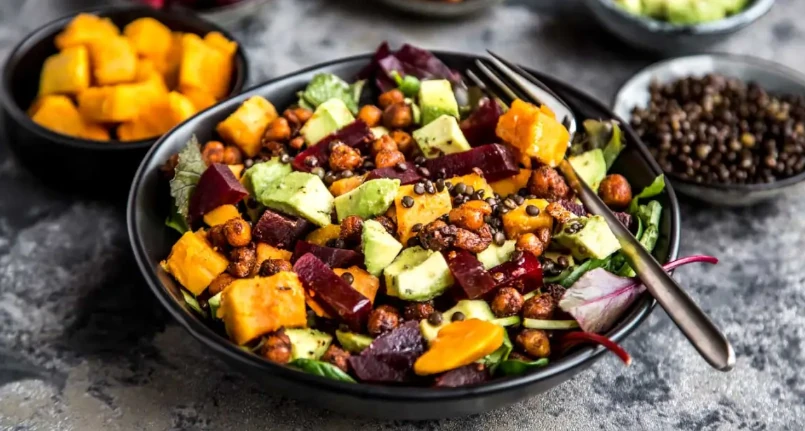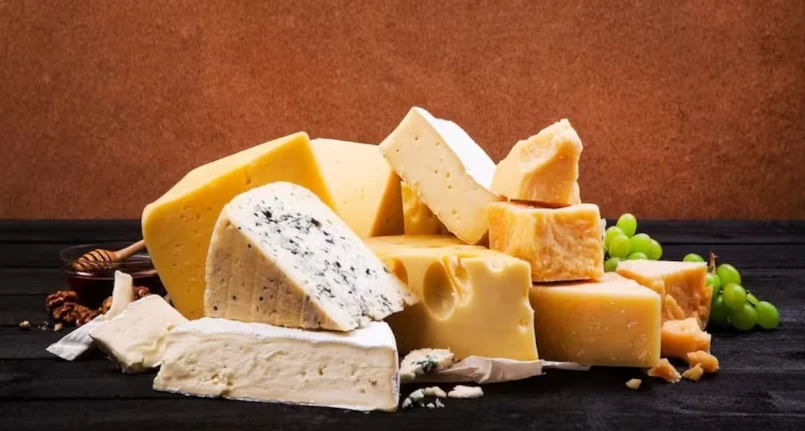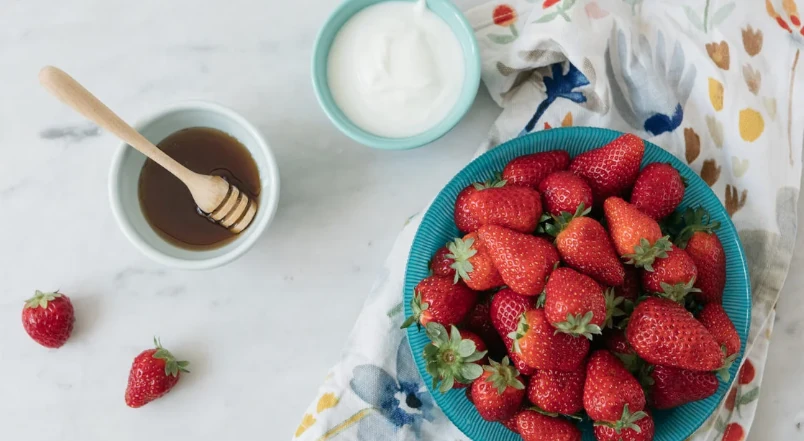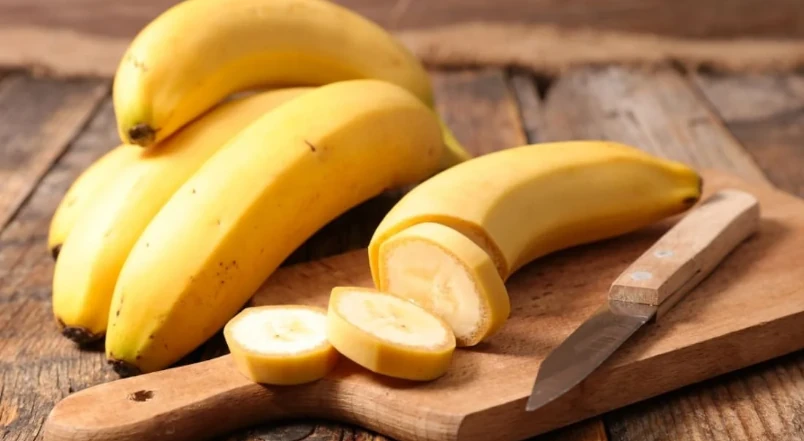Generality
Cholesterol -free foods are varied and belong to various food categories, including: cereals , legumes , vegetables , fruit , mushrooms, vegetable oils for seasoning, alcoholic and non-alcoholic beverages (excluding milk )
What is cholesterol: a review
Cholesterol is a white steroid indispensable for animal life; on the contrary, plants are living beings that do not contain any, but exploit other structurally similar lipids called phytosterols (widely used in hypocholesterolemic therapy ).
Consuming mainly cholesterol-free foods can be a good habit, especially in the presence of alterations in blood lipids or significantly elevated cardiovascular risk .
- Genetics and Familiarity
- Quality and quantity of dietary fatty acids
- Body mass index
- Insulin resistance and diabetes (increased oxidative stress of LDL lipoproteins )
- Physical activity
- Use of functional foods containing phytosterols
- Levels of insoluble dietary fiber
- Intake of lecithin
- Intake of polyphenols
Cholesterol Free Foods
Cholesterol-free foods belong to different food groups: cereals, legumes, vegetables, fruit, mushrooms, vegetable oils for seasoning, alcoholic and non-alcoholic beverages (with the exception of milk). Foods which do not contain them and which, at the same time, provide phytosterols , fiber , lecithin , polyphenols and polyunsaturated fatty acids contribute significantly to the reduction of total cholesterol and to the optimization of the HDL/LDL ratio .
However, although the vast majority of these foods do not contain cholesterol, some foods of plant origin can still negatively affect the balance of this lipid . Many vegetable oils used as frying fats contain very high levels of saturated fatty acids , such as bifractionated palm oil , making the choice of cholesterol-free foods rather than animal ones frustrating. As if that were not enough, some mainly unsaturated vegetable oils undergo a chemical hydrogenation process in order to increase their consistency and resistance to the smoke point. Through this processing, the unsaturated vegetable oils take on the same metabolic characteristics as the saturated fats of animal origin. They negatively affect the hepatic receptor uptake of LDL, favoring its accumulation in the circulation. Unfortunately, in hypocholesterolemic therapy it is not enough to prefer cholesterol-free foods, but it is also essential to be careful not to introduce hydrogenated saturated or unsaturated
fatty acids contained above all in fried foods and industrial-type confectionery or baked goods.




